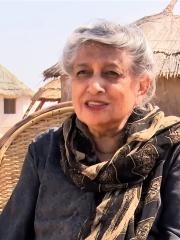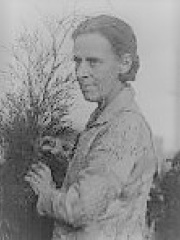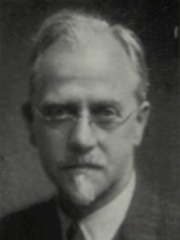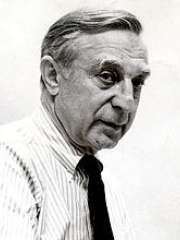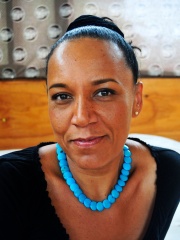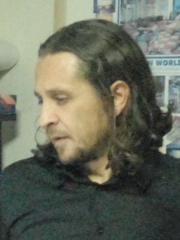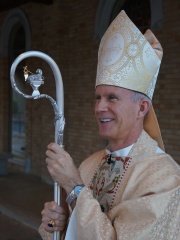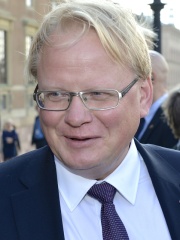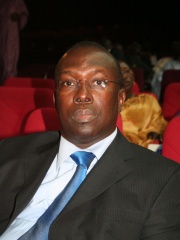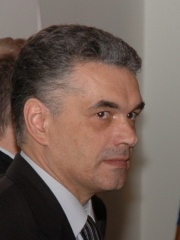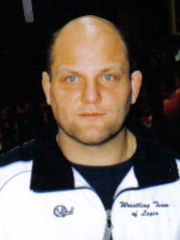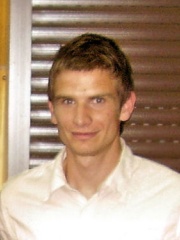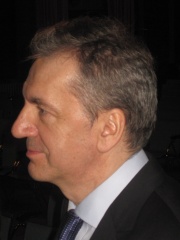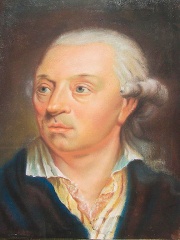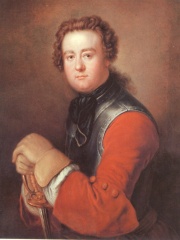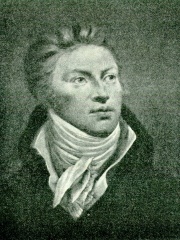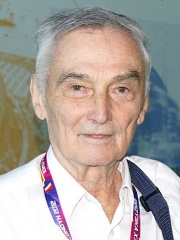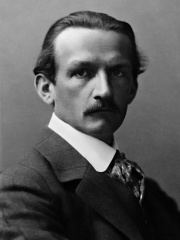Architect
Elizabeth Diller
1958 - today
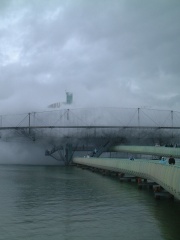
 Elizabeth Diller
Elizabeth Diller
Elizabeth Diller, also known as Liz Diller, is an American architect and partner in Diller Scofidio + Renfro, which she co-founded in 1981. She is also an architecture professor at Princeton University. Read more on Wikipedia
Her biography is available in 17 different languages on Wikipedia. Elizabeth Diller is the 515th most popular architect, the 1,390th most popular biography from Poland (up from 1,441st in 2019) and the 9th most popular Polish Architect.
Memorability Metrics
Page views of Elizabeth Diller by language
Among Architects
Among architects, Elizabeth Diller ranks 515 out of 518. Before her are Yasmeen Lari, Marion Mahony Griffin, Charles Holden, Nathalie de Vries, Max Abramovitz, and Sou Fujimoto. After her are Anders Adlercreutz, Khouloud Daibes, Lesley Lokko, Billy Casper, Sunay Erdem, and Russell Coutts.
Most Popular Architects in Wikipedia
Go to all RankingsYasmeen Lari
1941 - Present
HPI: 48.94
Rank: 509
Marion Mahony Griffin
1871 - 1961
HPI: 48.29
Rank: 510
Charles Holden
1875 - 1960
HPI: 47.99
Rank: 511
Nathalie de Vries
1965 - Present
HPI: 47.98
Rank: 512
Max Abramovitz
1908 - 2004
HPI: 47.67
Rank: 513
Sou Fujimoto
1971 - Present
HPI: 47.62
Rank: 514
Elizabeth Diller
1958 - Present
HPI: 46.92
Rank: 515
Anders Adlercreutz
1970 - Present
HPI: 46.18
Rank: 516
Khouloud Daibes
1965 - Present
HPI: 45.53
Rank: 517
Lesley Lokko
1964 - Present
HPI: 45.05
Rank: 518
Billy Casper
1931 - 2015
HPI: 44.78
Rank: 519
Sunay Erdem
1971 - Present
HPI: 44.45
Rank: 520
Russell Coutts
1962 - Present
HPI: 43.39
Rank: 521
Contemporaries
Among people born in 1958, Elizabeth Diller ranks 701. Before her are Jools Holland, Rupert Vansittart, Nobuhiro Ishizaki, Joseph Strickland, Jacqueline Hewitt, and Dean Crawford. After her are Peter Hultqvist, Carlos de los Cobos, Pedro Cateriano, Souleymane Ndéné Ndiaye, Luan Jujie, and Lena Ek.
Others Born in 1958
Go to all RankingsJools Holland
MUSICIAN
1958 - Present
HPI: 47.15
Rank: 695
Rupert Vansittart
ACTOR
1958 - Present
HPI: 47.12
Rank: 696
Nobuhiro Ishizaki
SOCCER PLAYER
1958 - Present
HPI: 46.98
Rank: 697
Joseph Strickland
RELIGIOUS FIGURE
1958 - Present
HPI: 46.96
Rank: 698
Jacqueline Hewitt
PHYSICIST
1958 - Present
HPI: 46.93
Rank: 699
Dean Crawford
ATHLETE
1958 - 2023
HPI: 46.92
Rank: 700
Elizabeth Diller
ARCHITECT
1958 - Present
HPI: 46.92
Rank: 701
Peter Hultqvist
POLITICIAN
1958 - Present
HPI: 46.91
Rank: 702
Carlos de los Cobos
SOCCER PLAYER
1958 - Present
HPI: 46.90
Rank: 703
Pedro Cateriano
POLITICIAN
1958 - Present
HPI: 46.89
Rank: 704
Souleymane Ndéné Ndiaye
POLITICIAN
1958 - Present
HPI: 46.77
Rank: 705
Luan Jujie
ATHLETE
1958 - Present
HPI: 46.69
Rank: 706
Lena Ek
POLITICIAN
1958 - Present
HPI: 46.68
Rank: 707
In Poland
Among people born in Poland, Elizabeth Diller ranks 1,390 out of 1,694. Before her are Mariusz Czerkawski (1972), Kamil Grosicki (1988), Anna Anka (1971), Janusz Kurtyka (1960), Wojciech Polak (1964), and Andrzej Wroński (1965). After her are Andrzej Chyra (1964), Bartosz Bosacki (1975), Władysław Pasikowski (1959), Krzysztof Charamsa (1972), Sebastian Szymański (1999), and Tomasz Adamek (1976).
Others born in Poland
Go to all RankingsMariusz Czerkawski
HOCKEY PLAYER
1972 - Present
HPI: 47.17
Rank: 1,384
Kamil Grosicki
SOCCER PLAYER
1988 - Present
HPI: 47.11
Rank: 1,385
Anna Anka
ACTOR
1971 - Present
HPI: 47.05
Rank: 1,386
Janusz Kurtyka
HISTORIAN
1960 - 2010
HPI: 47.02
Rank: 1,387
Wojciech Polak
RELIGIOUS FIGURE
1964 - Present
HPI: 46.96
Rank: 1,388
Andrzej Wroński
WRESTLER
1965 - Present
HPI: 46.95
Rank: 1,389
Elizabeth Diller
ARCHITECT
1958 - Present
HPI: 46.92
Rank: 1,390
Andrzej Chyra
ACTOR
1964 - Present
HPI: 46.92
Rank: 1,391
Bartosz Bosacki
SOCCER PLAYER
1975 - Present
HPI: 46.89
Rank: 1,392
Władysław Pasikowski
FILM DIRECTOR
1959 - Present
HPI: 46.84
Rank: 1,393
Krzysztof Charamsa
RELIGIOUS FIGURE
1972 - Present
HPI: 46.83
Rank: 1,394
Sebastian Szymański
SOCCER PLAYER
1999 - Present
HPI: 46.80
Rank: 1,395
Tomasz Adamek
BOXER
1976 - Present
HPI: 46.73
Rank: 1,396
Among Architects In Poland
Among architects born in Poland, Elizabeth Diller ranks 9. Before her are Carl Gotthard Langhans (1732), Georg Wenzeslaus von Knobelsdorff (1699), Marian Spychalski (1906), Friedrich Gilly (1772), Wojciech Zabłocki (1930), and Max Berg (1870).
Carl Gotthard Langhans
1732 - 1808
HPI: 66.54
Rank: 3
Georg Wenzeslaus von Knobelsdorff
1699 - 1753
HPI: 64.74
Rank: 4
Marian Spychalski
1906 - 1980
HPI: 60.72
Rank: 5
Friedrich Gilly
1772 - 1800
HPI: 59.81
Rank: 6
Wojciech Zabłocki
1930 - 2020
HPI: 58.95
Rank: 7
Max Berg
1870 - 1947
HPI: 57.95
Rank: 8
Elizabeth Diller
1958 - Present
HPI: 46.92
Rank: 9
